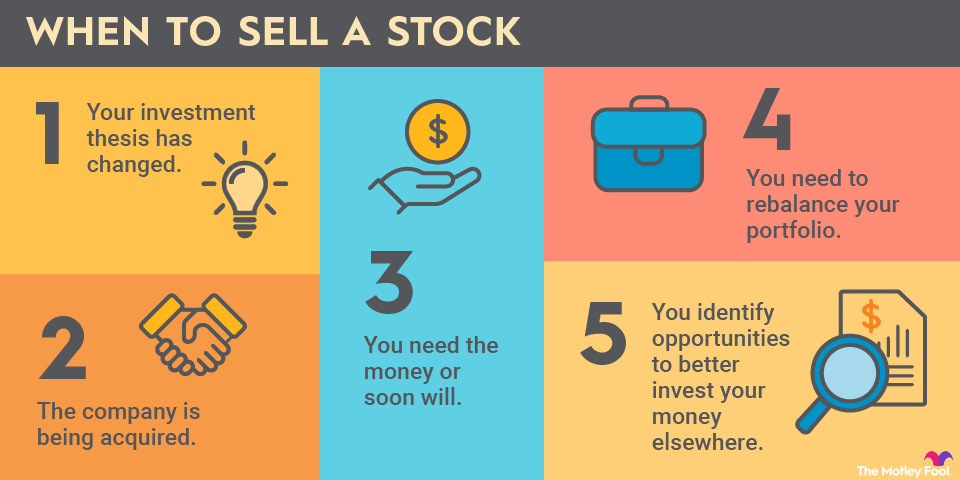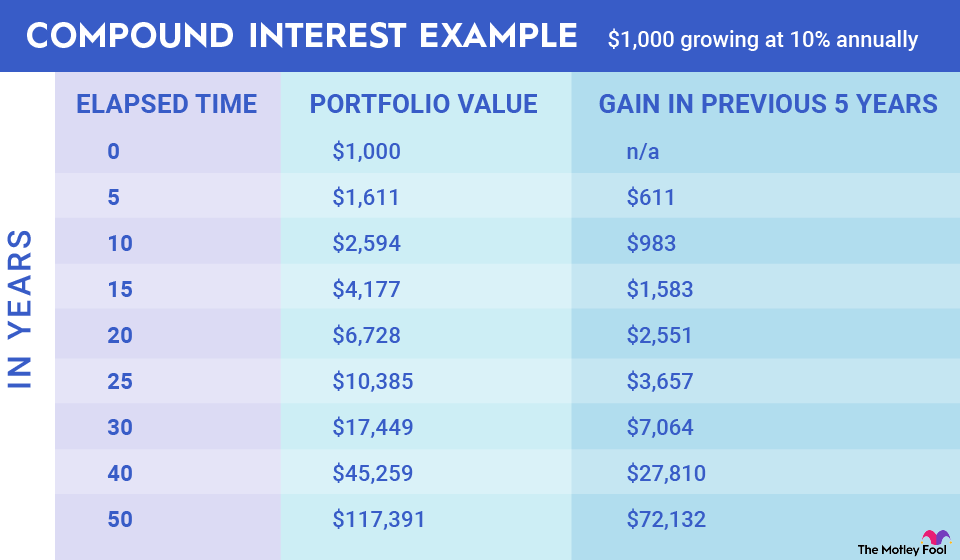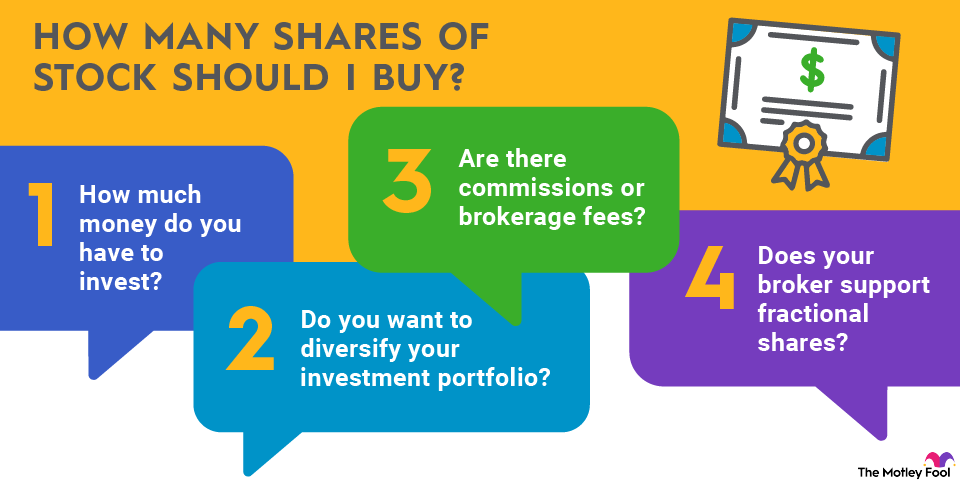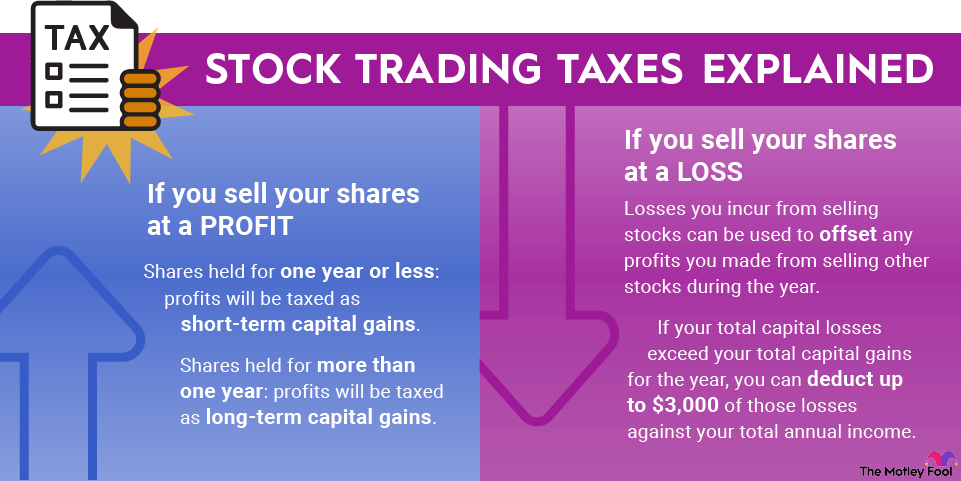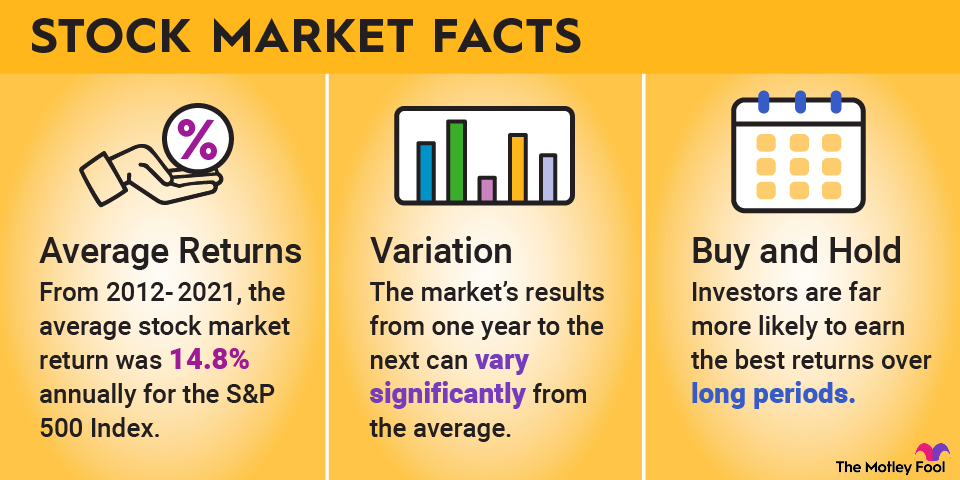New York Life Insurance is the largest life insurance company in the U.S., boasting a 6.35% market share in 2024, according to the National Association of Insurance Commissioners (NAIC). In the same year, it raked in more than $13.2 billion in direct premiums.
But if you're wondering how to invest in New York Life Insurance, the answer isn't exactly simple. New York Life Insurance is a mutual insurance company, which means it's owned by its policyholders, not shareholders. It's not possible to buy New York Life Insurance stock. To become an investor in New York Life Insurance, you'd need to buy one of its life insurance policies or annuities.

Is New York Life Insurance publicly traded?
No, New York Life Insurance isn't publicly traded. That means you can't buy New York Life Insurance stock through a brokerage account.
Publicly Traded Company
2. Prudential
Prudential was the fourth-largest life insurance company by market share in 2024 and is a leading provider of retirement and investment services. The company grew its net income in the third quarter of 2025 to $1.431 billion compared to a net income of $448 million in 2024.
Prudential continues to increase its group and individual life insurance sales and has seen strong growth in its pension risk transfer business. The company has also axed several unprofitable segments of its business, such as Assurance IQ, an insurance tech start-up it bought for $2.35 billion in 2019. Prudential is a solid dividend stock with an annual yield of 4.6% as of mid-June 2024 and a 16-year streak of annual dividend increases.
3. Lemonade
Conservative value investors often favor insurance stocks, but if you're willing to make a risky foray into insurance stocks, you could consider a position in Lemonade (LMND +1.11%). The company has been a leader in using artificial intelligence (AI) in insurance. In fact, it claims to have set a world record for the fastest insurance claim processed when its AI chatbot processed a claim in two seconds in 2023.
Lemonade isn't profitable, but its losses in the third quarter of 2025 shrank to $26 million compared to $52 million in Q3 2024. It's also improved its gross margins and increased average premium per customer by 5% year over year in the third quarter of 2025. As of this writing, the stock is down roughly 54% from the all-time highs it reached in 2021.
If you want to invest in the three companies listed above or any other publicly traded company, follow these simple steps to buy stocks.

- Open your brokerage account: Log in to your brokerage account where you handle your investments.
- Search for the stock: Enter the ticker or company name into the search bar to bring up the stock's trading page.
- Decide how many shares to buy: Consider your investment goals and how much of your portfolio you want to allocate to this stock.
- Select order type: Choose between a market order to buy at the current price or a limit order to specify the maximum price you're willing to pay.
- Submit your order: Confirm the details and submit your buy order.
- Review your purchase: Check your portfolio to ensure your order was filled as expected and adjust your investment strategy accordingly.
Is New York Life Insurance profitable?
Yes, New York Life Insurance is profitable. The company reported a total income of $27.1 billion in 2024. In 2025, about $2.6 billion of its profit was distributed to policyholders through dividends.
New York Life also received the highest financial strength ratings from all four major ratings agencies in 2025. A high rating indicates that an insurer is in a strong position to pay future claims.
Should I invest in New York Life Insurance?
Investing directly in New York Life Insurance by purchasing shares is impossible. You'll need to become a policyholder -- specifically, you'll need a whole life insurance policy or one of New York Life Insurance's new mutual income annuities. If the board of directors elects to distribute a portion of the company's profits to policyholders, you'll earn a dividend if you own one of these instruments.
But the bigger question is whether you need either of these products.
Whole life insurance is significantly more expensive than term life insurance, which doesn't offer the opportunity to earn interest or dividends. A savings component called cash value tends to accumulate slowly, particularly in the policy's early years. When a dividend is declared, you can use it to boost your cash value or death benefit, take it in cash, or use it to offset your premiums.
But whole life insurance is typically far more expensive than a term policy. You may be better off buying a term policy from New York Life (or any other highly rated insurer) and investing the savings in stocks through your 401(k) or individual retirement account (IRA).
Annuities also aren't for everyone. They may be appropriate for risk-averse investors worried about outliving their money. However, they're extremely complex financial products and carry high fees.
Something to keep in mind is that the IRS considers life insurance dividends an overpayment of premiums rather than a profit. You won't pay taxes on most life insurance dividends, which may sound like a good thing -- but you got the dividend because you paid higher premiums in the first place.
Agents typically earn high commissions when they sell you permanent life insurance or an annuity. Before buying either of these products from New York Life Insurance or any other company, consider hiring a fee-only financial planner to help determine whether the product is suitable for you. A fee-only planner doesn't earn a commission and is paid based on their services, so you can feel more confident about their recommendations.
ETFs with New York Life Insurance exposure
Since you can't buy New York Life Insurance stock, you won't find ETFs or mutual funds with exposure to the company. You can find several funds with exposure to other insurance stocks, though:
- Vanguard Value ETF (NYSEMKT:VTV): The fund tracks a market-cap-weighted index of about 314 large-cap stocks deemed value stocks based on metrics like price-to-book ratio, price-to-sales ratio, and return on assets. About 23% of its holdings are in the financial sector, which encompasses insurance stocks. The ETF's expense ratio is 0..04%, which means $0.40 of a $1,000 investment goes toward fees.
- iShares U.S. Financials ETF (NYSEMKT:IYF): If you want an ETF focused specifically on financial stocks, check out the iShares U.S. Financials ETF. The fund invests in an index of about 141 financial stocks, with a sizeable section of its assets invested in insurance stocks. Its expense ratio is 0.38%, which translates to $3.80 in fees on a $1,000 investment.
- SPDR S&P Insurance ETF (NYSEMKT:KIE): This ETF is an option if you're looking for a fund that invests exclusively in insurance companies. The fund has 54 holdings and about $672.3 million in assets under management, making it the smallest ETF on this list. Its expense ratio is 0.35%, meaning $3.50 of a $1,000 investment is put toward fees.
Related investing topics
The bottom line on investing in New York Life Insurance
New York Life Insurance gets top marks for financial strength, one of the most important things you should look for in an insurer. But since it's not a publicly traded company, you can't buy New York Life Insurance stock. Investing in New York Life Insurance requires buying whole life insurance or a mutual income annuity. You'll get part of the profit if the board issues a dividend.
Though New York Life Insurance has a solid track record of paying dividends to policyholders, dividends are never guaranteed. Moreover, if you don't need a permanent life insurance policy or an annuity, the prospect of a dividend certainly isn't reason enough to buy one of these costly products.








